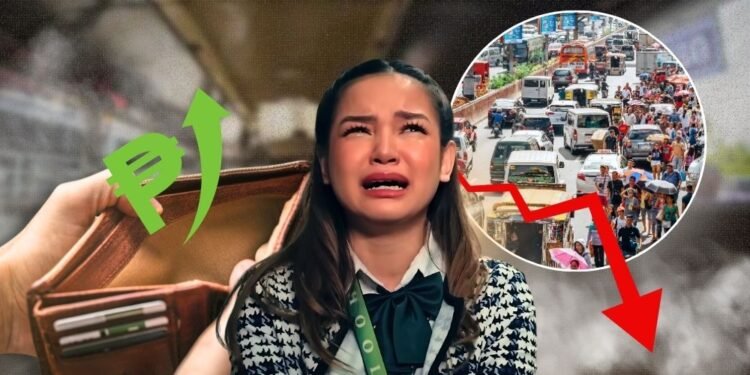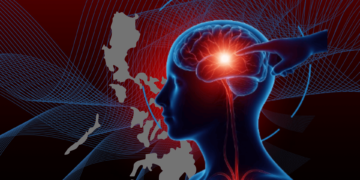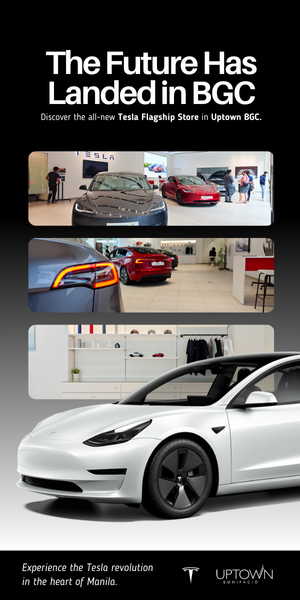Why does getting to work in the Philippines feel like running a marathon you never signed up for?
In cities like Metro Manila, a “short” commute can swallow hours, eroding sleep, family time, and sanity along the way.
Traffic isn’t just an inconvenience—it’s a structural flaw baked into decades of poor planning, car-centric policies, and a public transport system that’s barely holding together.
We call it “normal,” but when an entire nation schedules life around gridlock, maybe the real question is: how did misery become a standard part of the ride?
A journey that ends before it begins
Thousands of Metro Manila workers leave home early, hoping to return before night. Yet the commute has stretched from under an hour one-way decades ago, to 3–4 hours each way today.
Surveys reveal that many commuters now allocate half their waking hours just to travel between home and work or a commuter advocacy poll confirms three-hour one-way trips. A 2023 study ranked Metro Manila the most congested city globally, where traveling just 10 km can take over 25 minutes.
Even farther south, Davao—though smaller—suffers: one report found it takes 33 minutes to go 10 km during peak periods; the city officially questioned that measure, but the statistics echo a growing national problem.
Why brushing teeth first becomes a privilege
What once took roughly 37 minutes in 1980 and 51 minutes in 1996, now balloons to hours of transit before the day even begins. This rise stems from several converging factors.
First, explosive population and vehicle growth outpaced the city’s infrastructure expansion. Rapid growth in the 2010s saw population and vehicle numbers soar, yet roads and rail haven’t kept pace. Built for fewer vehicles, key arteries like EDSA now carry well beyond capacity—some studies report up to 7,500 vehicles per hour per direction, against a design limit of around 6,000.
Moreover, while private cars make up just under one-third of trips, they occupy nearly 78 % of road space; buses and jeepneys carry most commuters yet consume minimal space.
Why public transport feels more like a myth
Shockingly, the rail system—LRT-1, LRT-2, MRT-3—services fewer passengers now than in 2014, thanks to breakdowns, maintenance deficits, and underinvestment.
This leaves millions dependent on privately operated jeepneys, buses, tricycles, and vans—supply too low, crowding too intense, and schedules too unpredictable. A 2022 survey found 79 % of commuters saying wait times are “usually too long,” and 96 % reporting a shortage of buses and jeepneys.
Thus, a broken public transport system forces many into private cars or motorcycles, further overcrowding roads. That vicious cycle is a key reason commuting has become synonymous with exhaustion.
Why traffic steals your day—and your mind
Long commutes aren’t just time-draining—they erode quality of life. Many workers now endure trips so lengthy that they lose hours meant for rest, meals, family, or sleep. One commuter said getting home at 10 p.m. leaves “just craving sleep rather than food.” Another described daily transit as a second unpaid shift.
These grueling routines raise stress, hinder job performance, and damage mental and physical health. Institutions like the Trade Union Congress of the Philippines confirm that commutes that stretch three hours one-way slash the window for well-being and productivity.
Economically, the cost is staggering: JICA estimated Manila’s congestion wastes ₱3.5 billion per day in fuel and lost productivity, with projections hitting ₱5.4 billion daily by 2035 unless nothing changes.
Why this isn’t just a Manila problem
Other cities mirror Metro Manila’s fate. In Metro Cebu, daily gridlock is so persistent the term “perennial problem” is routinely used. Narrow roads and rising vehicle counts, with no expansion in road space, make the traffic situation worse. Bus Rapid Transit (BRT) systems are finally under construction, but experts warn a BRT alone won’t solve congestion without broader transport promotion.
In Davao, despite attempts to downplay traffic severity, the city consistently winds up ranked among the most congested globally, attesting to an emerging pattern: worsening space-to-vehicle ratios in major Philippine cities.
Why government programs don’t make traffic disappear—yet
The “Build, Build, Build” initiative brought new roads, bridges, and public transit systems to the pipeline. Projects like the Metro Manila Subway and the North–South Commuter Railway aim to radically expand rail capacity. Meanwhile, existing lines like LRT-1 and LRT-2 are being upgraded, and MRT-3 is being rehabilitated.
To shift commuters from private to public, there’s an emphasis on better bus routes, intermodal terminals, and smart traffic systems—with Japanese assistance pushing modernization. The Jeepney Modernization Program, controversial yet ongoing, aims to replace old jeeps with newer, cleaner vehicles—though it risks reducing ride availability if not handled with care.
Policy tools like the Telecommuting Act and staggered work hours—pushed especially during the pandemic—seek to ease rush hour pressure. Some private firms even run shuttle services for employees to reduce reliance on public transport.
Why relief remains elusive
Despite these efforts, the daily ordeal remains entrenched. Many infrastructure projects are still years from completion. Interim measures—like occasional free bus rides or expanded number-coding windows—offer small comfort rather than systemic relief.
Political hurdles and interagency coordination bottlenecks delay progress.
Experts agree: without integrated urban planning, efficient mass transit, and demand-management tools (like congestion pricing or better cycling infrastructure), traffic will only deepen. ADB has urged cities to become walkable and transit-oriented—less highway-centric—and some pandemic-era bike lane expansions show promise.












